Poor infrastructure hinders Vietnam from obtaining its success
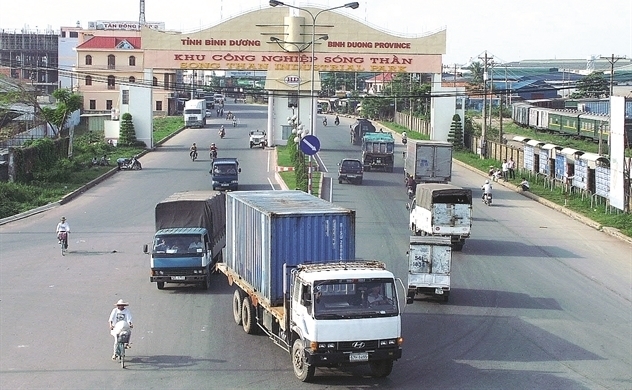
Photo: Quy Hoa
Trade war has been stimulating investment into Vietnam as several companies are seeking shelters in this frontier market. Capital inflows to the country have left concerns on the ability to absorb this valuable resource.
Vietnam has never had opportunities to receive such a large investment inflows. In the first eight months of this year, total registered FDI capital was reported $22.62 billion, mainly focusing on processing and real estate sectors.
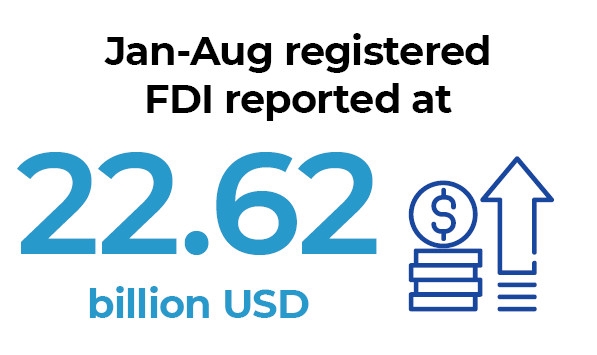 |
In the venture capital market, domestic newly-established enterprises received $246 million investment in the first half of the year, up 48% over the same period last year.
Alongside the wave of moving factories from China to Vietnam, having membership of qualified free trade agreements and favorable population structure, capital flows into the country are expected to rise sharply during the upcoming times.
In 2006, when Vietnam joined WTO, many wondered if the country has enough resources to absorb this huge capital inflow or create a short-term investment fever?
Bottleneck has been a concern now. Many regional infrastructures do not keep up with the pace of economic development. The industrial capital in the Southeastern region also has the same problem.
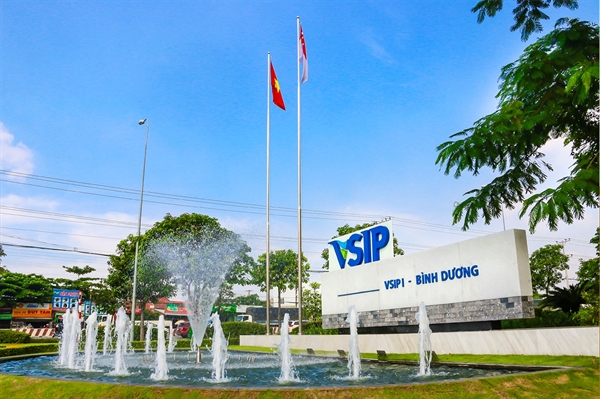 |
| VSIP industrial park in Binh Duong province. Photo: Becamex |
At the Business Community Conference organized last month, a leader of a laser equipment company said that inter-regional transport system in the region has not been upgraded in time and synchronously, making transporting time from Ho Chi Minh City to Binh Duong last hours while the distance is not too far.
A representative of another enterprise in Binh Duong province’s Dong An Industrial Park 2 said many employees of the company had to quit their jobs because their homes are in Ho Chi Minh City, dozen of kilometers from their office, but they have to spend four hours a day for travelling due to heavy traffic.
Poor transport infrastructure could be a major bottleneck, hiking operating costs of businesses as well as Vietnam's weaknesses when compared with other countries in the region.
Limitations of the infrastructure in Vietnam such as congested airways, waterways which have not been developed well are critically affecting the decision of investors to transfer investment to Vietnam from the US, said Amanda Rasmussen, Chief Operating Officer of ITL Corp and President of AmCham Ho Chi Minh City.
She cited that the logistic costs in Vietnam account for 21% of GDP. This is a high number compared to those in countries like the US, Japan or neighboring countries in Southeast Asia.
As another problem, Vietnam’s supporting industry chain has not been developed well enough. A leader of a glass processing enterprise in Binh Duong said that the localization ratio of their products in Vietnam is almost zero.
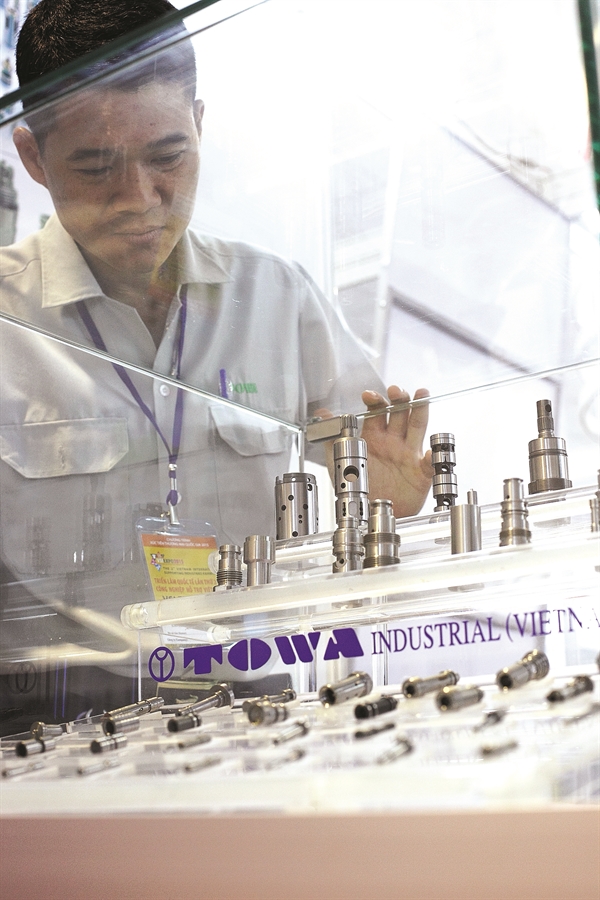 |
Even for simple raw materials used for decorating products, the company has to import sources from other neighboring countries at much lower price than in Vietnam. Developing auxiliary industries has been the most important condition to attract investment capital, judged the representative of this enterprise.
Fortunately, government authorities listened and had plans to deal with the problem.
Recently, Ho Chi Minh City and satellite provinces including Dong Nai, Binh Duong and Long An have set up regional linkages to discuss plans synchronous investment on the transportation system.
When Binh Loi bridge is upgraded, Phu Long bridge is dismantled, Binh Duong province and Ho Chi Minh City are building a plan to upgrade the Saigon River route and 4-5 attached ports. Once put into operation, this waterway will help reduce load for the current road systems.
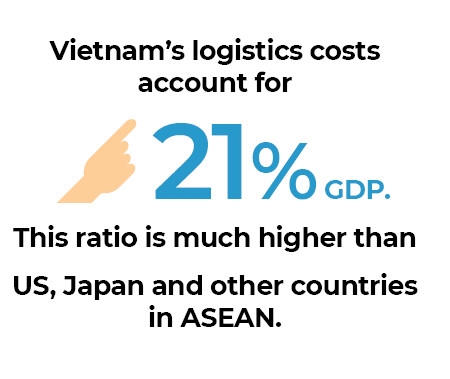 |
Besides, to build database to provide enterprises the best information sources about the supply chain, to form a production link on the basis of technology application, to help the supporting industry ecosystem are among things local authorities have to do.
Opportunities always come with challenges. According to Simon Ogus, CEO of DSG Asia Consulting Company (Hong Kong), Vietnam can move forward to become a large economy with capability to challenge against other competitors in Asia.
Hence, the achievement can never happen after a night. In addition to the above bottlenecks, other shortcomings in the legal system, high debt ratio, high proportion of state economic sector are major barriers for the economy to grow faster.

 TIẾNG VIỆT
TIẾNG VIỆT 


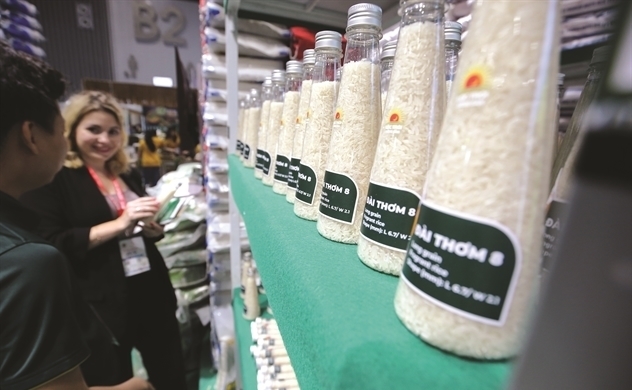

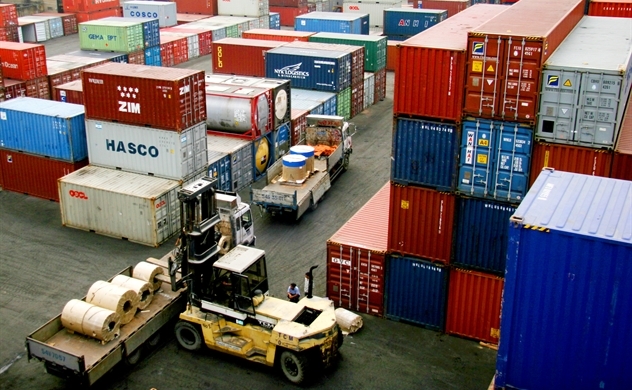
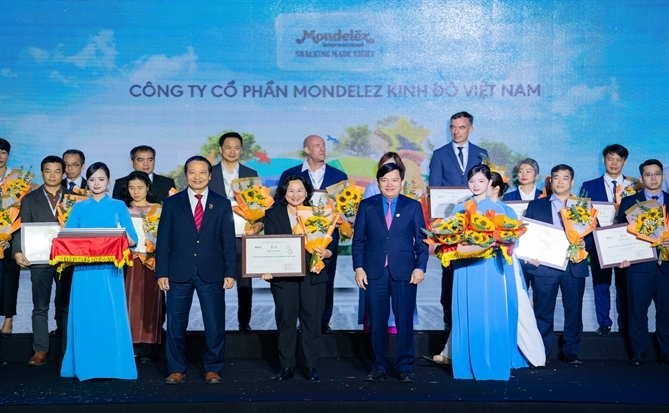
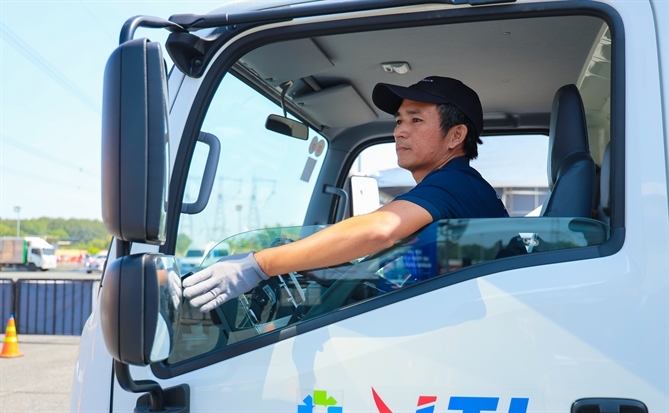
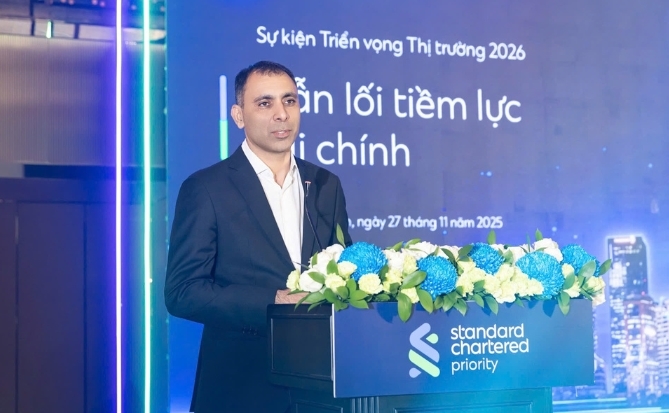

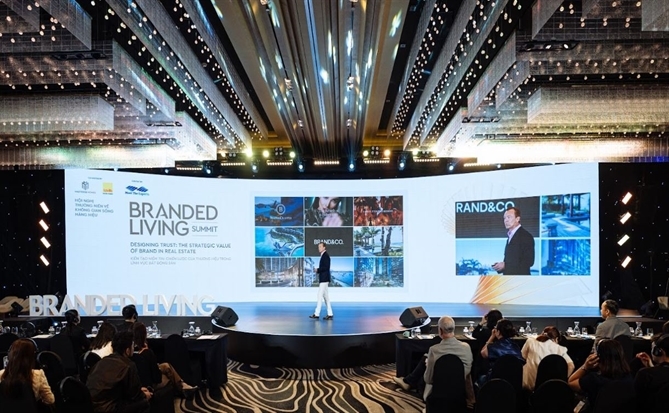
_131447820.png)







